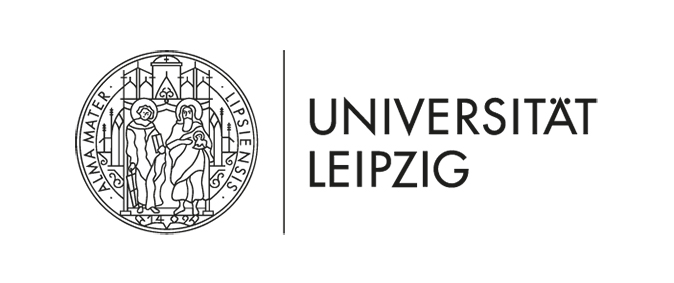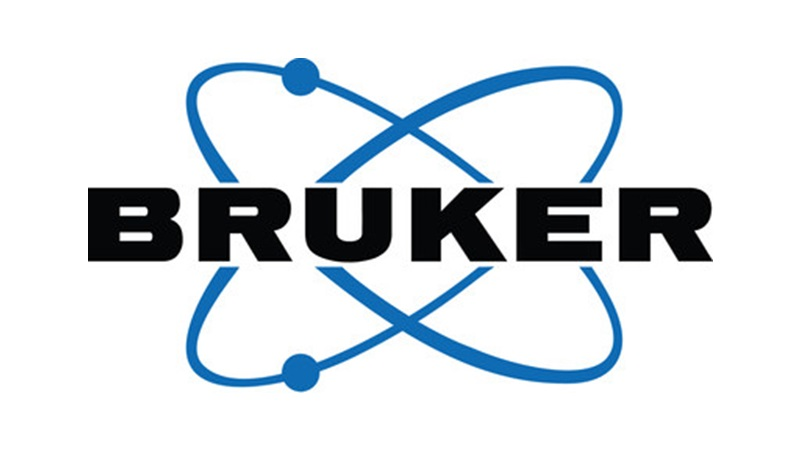|
14th Annual Symposium Physics of Cancer Leipzig, Germany Oct. 4 - 6, 2023 |
PoC - Physics of Cancer - Annual Symposium |
|
|
Invited Talk
Cell migration and stromal fibroblasts sculpt patterns of cancer invasion, evolution, and therapy resistance
The Francis Crick Institute, 1 Midland Road, London, NW1 1AT, GB
Contact: | Website
The spread of cancer from its site of origin and its ability to evolve resistance to therapy combine to make the disease highly lethal. We seek to understand these processes by using a combination of experiments, computational modelling, and analysis of clinical samples. To study the transition of cancer to invasive behaviour, we have established a reductionist model of tumour stroma boundaries. These demonstrate that stromal fibroblasts can be invasion suppressing. Although the boundary is stable, it breaks down in some places leading to the invasion of cancer cells. Intriguingly, the location of the points of invasion can be related to the spatial organization of stromal fibroblasts near, but not at, the tumour stroma boundary. To understand the development of resistant disease, we have set up a model to generate sub-clonal heterogeneity in lung tumours. This reveals a surprisingly strong influence of where subclones originate on their long-term fate. This effect is linked to cell migration dynamics and the composition of the tumour microenvironment. Altogether, our analysis enables us to conclude that intra-epithelial dynamics and stromal fibroblasts sculpt clonal dynamics and therapy resistance.
|









